|
Indeed, events in the second half of the 1990s
that would soon come to have great significance to America were taking
place in Afghanistan, events which at the time drew little attention
from the world (except from the CIA which was watching developments
closely). A group of religious diehards, the Taliban, were in the
process of taking over all but the very northern portions of
Afghanistan.
Afghanistan was well-recognized as being
a relatively ungovernable country, inhabited by numerous tribes and
ethnic groups with a long history of mutual hatred. Since the downfall
of the Afghan Shah in 1973 Afghanistan had been, with frequent Soviet
interference, ruled by various mutually hostile factions of the Afghan
Communist Party. Then with the final collapse of the pro-Soviet
government and the creation in 1992 of the Islamic State of
Afghanistan, the schisms switched from ideological differences to
strictly personal, tribal and ethnic differences, merely continuing the
politically unstable situation.
The Pashtun tribesmen, living in the
south and southeast of the country, were the largest of the ethnic
groups – and long-accustomed to running the country, even though they
comprised only a little over 40% of the Afghan population. Tajiks made
up not quite 30%, Hazara not quite 10%, Uzbeks also not quite 10%, and
the other 10% a mixture of other tribes. Afghanistan was thus not truly
a nation, but merely a collection of nations – which made the idea of
building a democracy in Afghanistan very complicated, if not totally
unlikely to ever come to pass.
With the creation in 1992 of the Islamic
State of Afghanistan, the country was plunged into a vicious civil war,
with various alpha males representing Afghanistan's various tribal
groups fighting among themselves, switching loyalties as their
perceived self-interests shifted back and forth.
But in 1994 the civil war was joined by
yet another small group of mostly Pashtuns, formed around the
leadership of an Islamic fundamentalist teacher, the mullah Muhammad
Omar, and his students or taliban.
The Taliban were mostly Afghans who had originally fled Afghanistan and
had established themselves with the Mullah Omar in the Pastun regions
of Pakistan.2 The
Taliban began to grow rapidly in number, drawing madrasah (religious
school) students and young ideologically-inspired militants from among
the huge Afghan refugee population in Pakistan. But it also began to
draw membership from Islamic fundamentalists from all around the Muslim
world because of its well-known commitment to the strictest form of shari'a,
Islamic social and religious law. Also, various elements of the
Pakistani government, particularly its intelligence service, the ISI
(Inter-Services Intelligence), began to give considerable support to
the Taliban.
In 1994 the Taliban crossed from Pakistan
into Afghanistan and easily seized the key southern city of Kandahar
(well placed within Pashtun territory) – where the political reach from
Afghanistan's capital city Kabul had been virtually non-existent
anyway. The Taliban then made Kandahar the center of their operations.
They became famous for their ruthless grip over the local population,
imposing the strictest Islamic political order through a reign of
Islamic terror: conducting executions for various offenses, especially
ones committed by women. Local Shi'ites (disdained by the Sunni Taliban
who considered all Shi'ites as heretics) and ethnic Hazaras (whom the
Pastun looked down on as a greatly inferior class of people) also came
under the wrath of the Taliban (tens of thousands were simply executed
for the sin of being Shi'ite or Hazara). But this brutal intimidation
of the local population worked. Villages were afraid to come up against
the Taliban. And soon the southern or Pashtun section of Afghanistan
fell under their strict rule.
Attempts were made by the Kabul
government, in particular by Afghan Defense Minister, Ahmed Shah
Massoud, to draw the Taliban into a national coalition. But the Taliban
were not interested. With strong support coming from the governments of
Pakistan and Saudi Arabia – and from a new Pakistani-based jihadist
organization, al-Qaeda – the Taliban were able to advance their troops
on the capital Kabul. In September of 1996 they surrounded the city,
forcing the government to evacuate and retreat to the northern
provinces, where what was left of the original Afghan government
managed to continue to hold out under the leadership of Massoud.
The United Front or Northern Alliance
Afghans soon were streaming north to the
Massoud-led "Northern Alliance" in order to escape the on-going
massacre by the Taliban. By 2001 over a million refugees had fled
various parts of Afghanistan to find refuge in Massoud's north. And
Massoud had begun efforts to organize this chaotic situation into
something of a stable, western style republic which he hoped would soon
bring the country out of the increasingly harsh rule of the Taliban.
Meanwhile Pakistan, once a modernizing,
staunchly pro-Western ally, was sending tremendous amounts of aid to
the Taliban. From the American point of view this made little sense,
for certainly Pakistan had to realize the danger that the Taliban
presented to Pakistan's own government. Presumably Pakistan believed
that by backing the Taliban, they had this militant organization under
better Pakistani control. That would prove to be a very wrong
assumption.
Al-Qaeda (or more properly al-Qa'ida)
Another jihadist group with a huge global
mission, even beyond the Middle East, was Arab al-Qaeda. It was founded
in the late 1980s by Sunni Arab Muslims through another organization,
Egyptian Islamic Jihad, but was heavily supported with Saudi Arabian
financing – and led by a Saudi expatriate, Osama bin Laden. Bin Laden
(son of a very wealthy Saudi construction contractor) took refuge in
the Sudan in 1992 after being expelled from his native Saudi Arabia by
the Saudi king because bin Laden had been loud and long in his verbal
attacks on the Saudi government for permitting American troops to be
stationed in the country during the 1991 Gulf War.
According to Islam, all of Arabia is holy ground. The stationing of kaffirs
(infidel or unbelievers) anywhere in Arabia is a great sin against
Allah. But the Saudi king knew he needed the presence and protection of
American troops in Saudi Arabia against the expansionist designs of
Saddam Hussein. Thus Bin Laden's unrelenting religious purism had
become intolerable to the Saudi royal family.
At the same time, the military government
of the Sudan initially proved very supportive of bin Laden's sense of
religious mission, and permitted the establishment in their country of
training bases where young Muslim militants could be instructed in the
art of Islamic Jihad. But when al-Qaeda began to be involved in attacks
on neighboring Arab governments – notably, an attempted assassination
of Egyptian President Mubarak in 1995 – Sudanese authorities decided
that it was better to send bin Laden and his organization on its way
(1996).
At this point bin Laden and his
organization moved part of their operations to Afghanistan, where the
Taliban allowed al-Qaeda to set up new training camps. Meanwhile, next
door in Pakistan, bin Laden's operational headquarters drew vital and
increasing (but secret) support from Pakistani governmental and
military officials who wanted to see Pakistan look less Secular Anglo
and more Sunni Arab in profile.
Al-Qaeda's goals were from the very
beginning to spread Islam to the world by whatever means necessary,
replacing Western influences (whether Secular or Christian) with
Islamic domination (the Sunni version of Islam, of course). Early on it
became involved in all sorts of very violent bombings and
assassinations, such activities soon becoming its well-recognized
professional hallmark. Besides its military training camps in
Afghanistan and in the tribal lands of Pakistan, it set up cells of
jihadist "operatives" in cities all around the world, training young
men (and women) in the art of suicide bombing (to the glory of Allah,
the great rewarder of suicidal jihadism). And al-Qaeda infiltrated
mosques everywhere, demanding the preaching of a very militant version
of Islam.
In a way, it found itself in competition
with Iran (Iran being the fatherland of Shi'ite Islam) to see whether
Sunni or Shi'ite Islam would be the first to conquer the world.
2It
is important to note that the old British border, the so-called Durand
Line of 1893 between Pashtun Afghanistan and Pashtun Pakistan has never
been respected by the Pashtun, who in this mountainous border region
tend to honor no government at all anyway, Afghani or Pakistani.
| 
 American intervention in Somalia (1993) ... and lessons learned
American intervention in Somalia (1993) ... and lessons learned Clinton's efforts to bring peace between Israel and Palestine (1993)
Clinton's efforts to bring peace between Israel and Palestine (1993) Restoring Haiti's presidency (1993-1994)
Restoring Haiti's presidency (1993-1994) Ethnic cleansing in Rwanda (1994)
Ethnic cleansing in Rwanda (1994)  Ethnic cleansing in Bosnia (1991-1995)
Ethnic cleansing in Bosnia (1991-1995)  The Kosovo Crisis (1999)
The Kosovo Crisis (1999) Relations with former Cold War rival Russia now seem to be quite warm
Relations with former Cold War rival Russia now seem to be quite warm  Diplomatic
progress in Europe
Diplomatic
progress in Europe Saddam Hussein's Iraq
Saddam Hussein's Iraq  Problems brewing in the Muslim world
Problems brewing in the Muslim world 





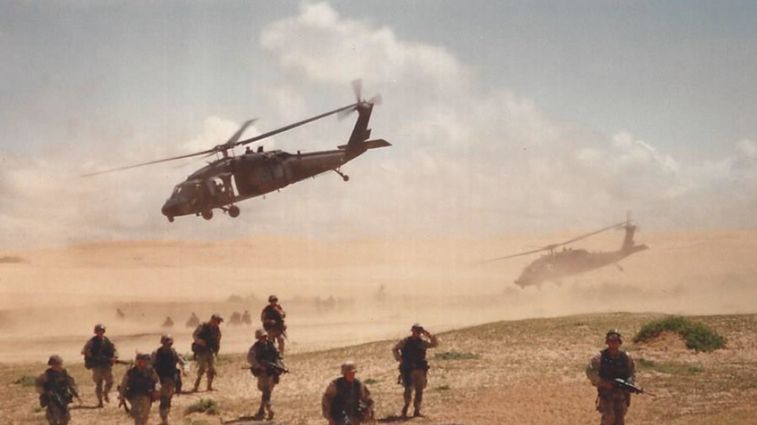
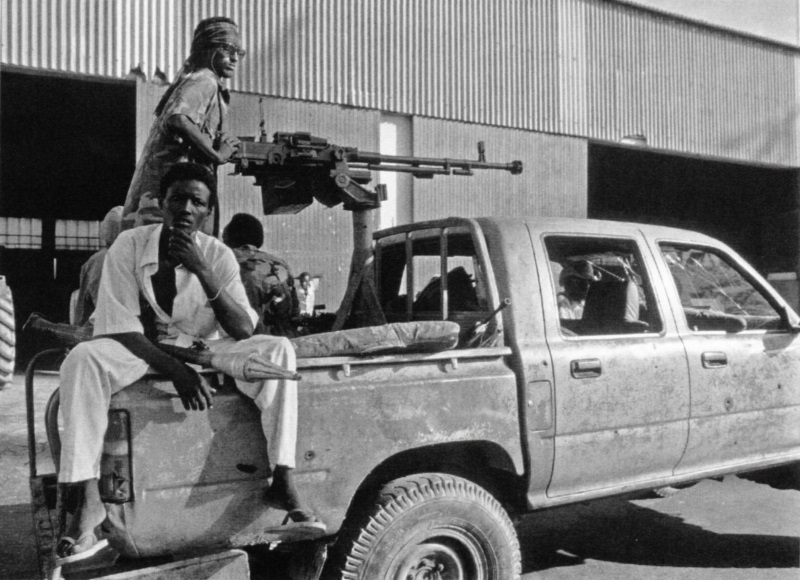
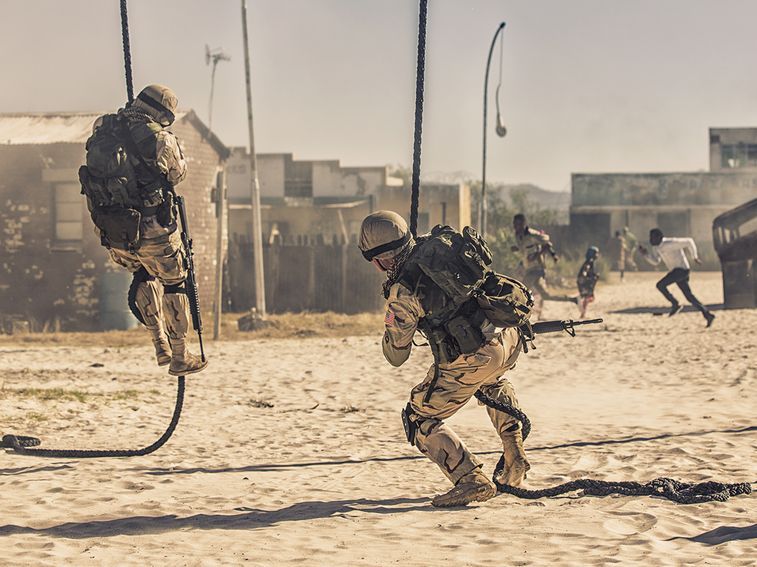
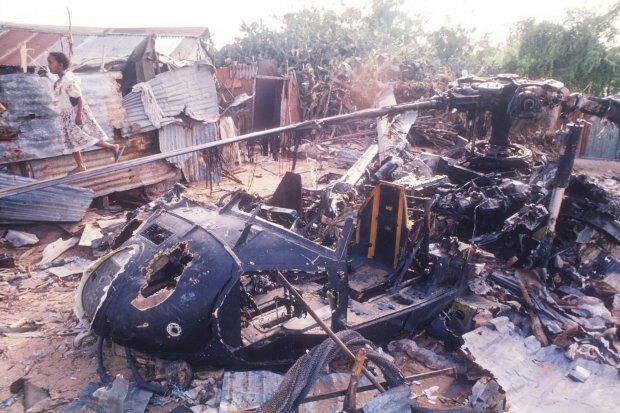
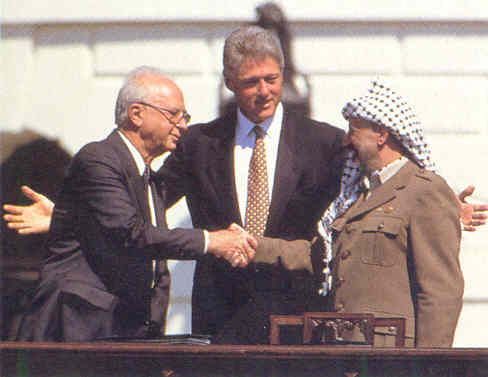
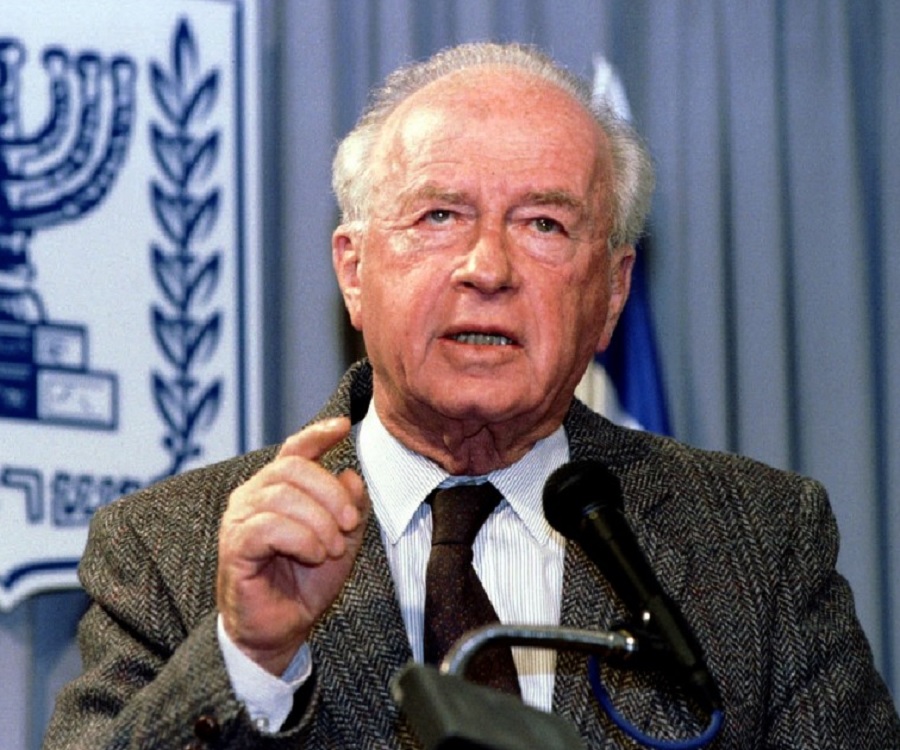
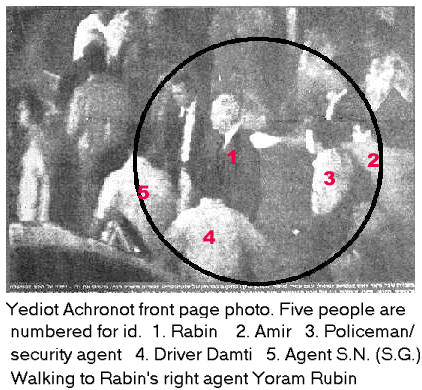
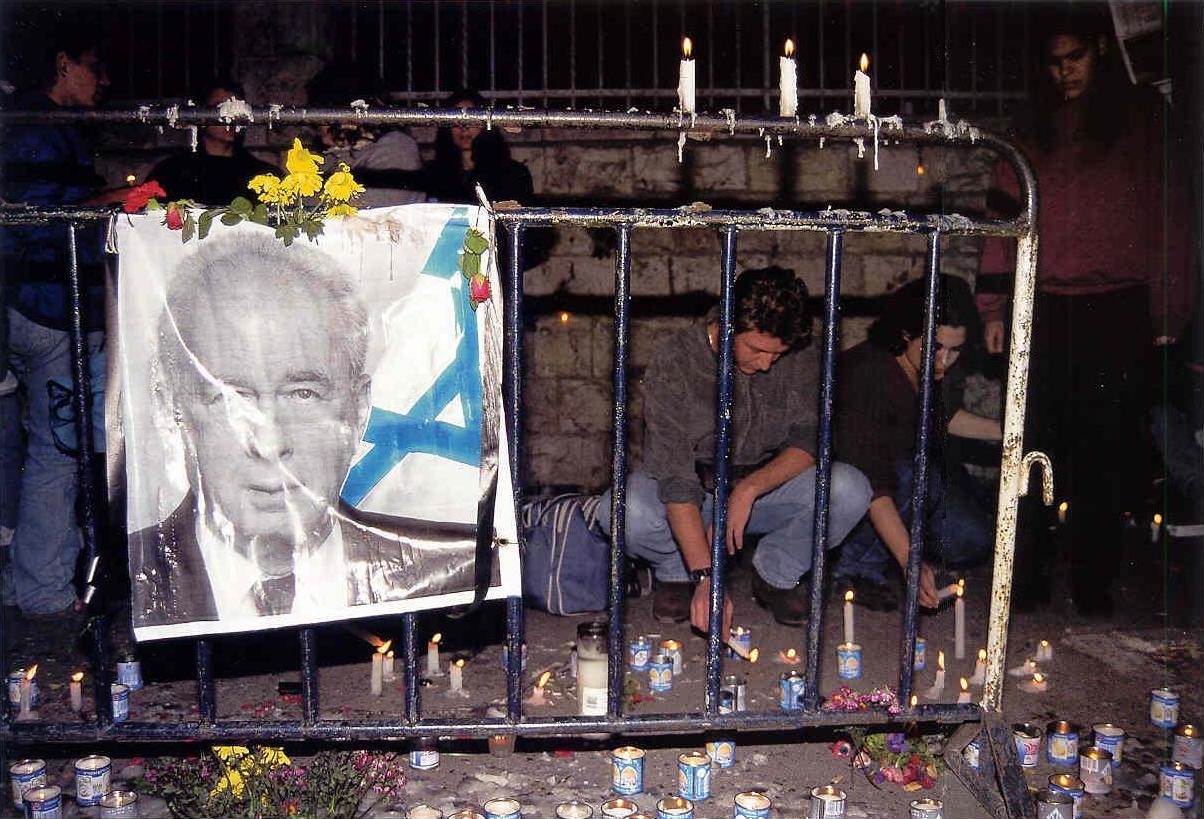
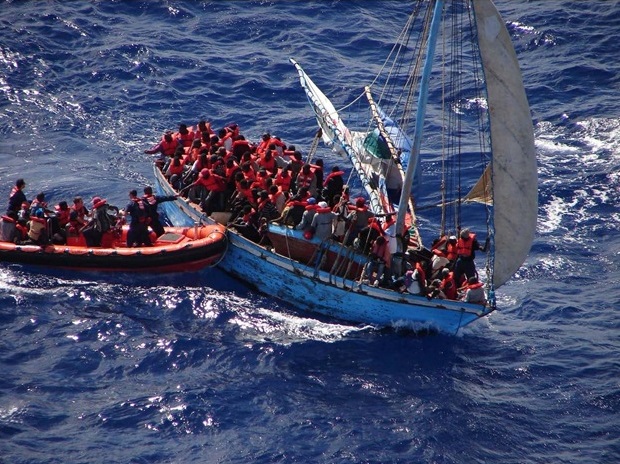
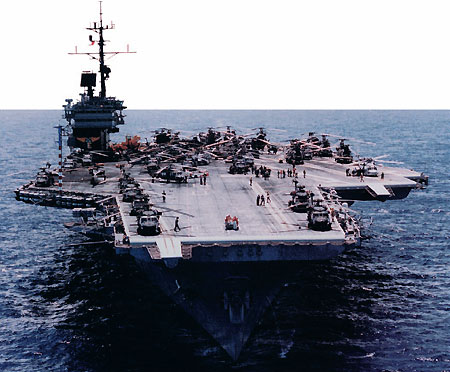
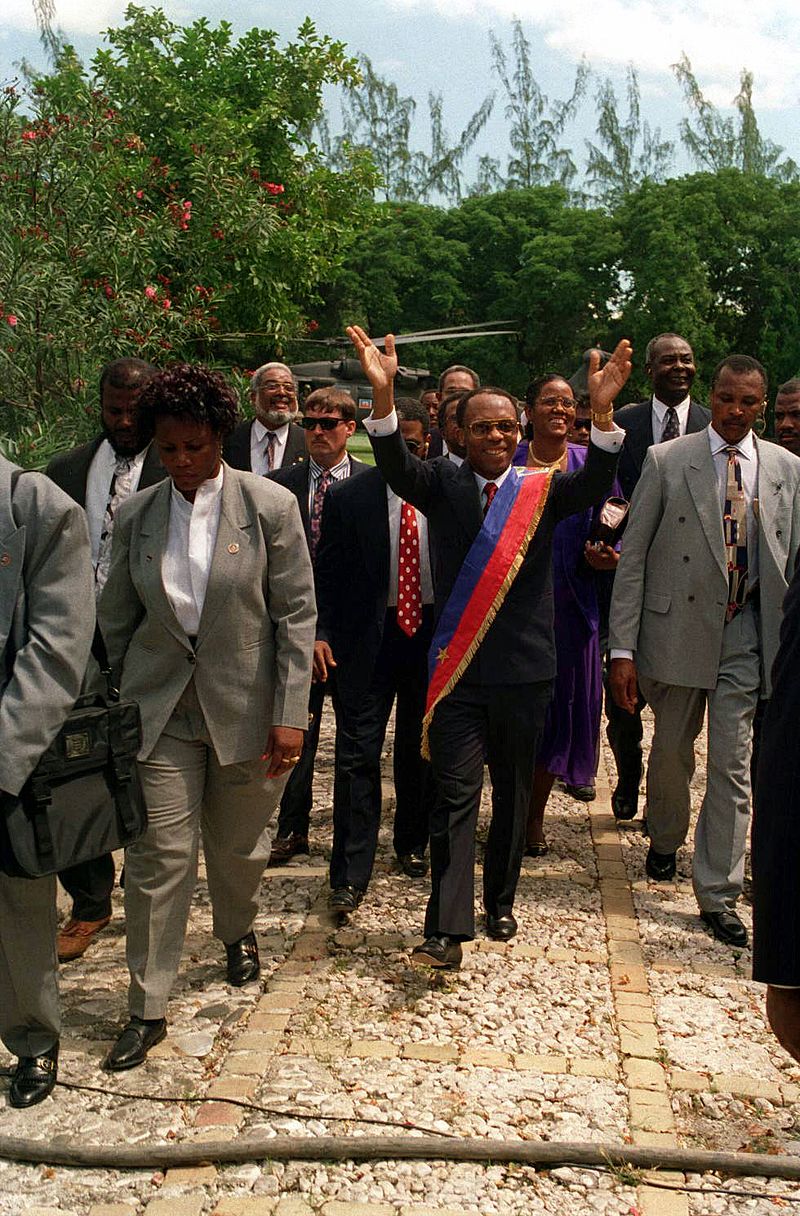
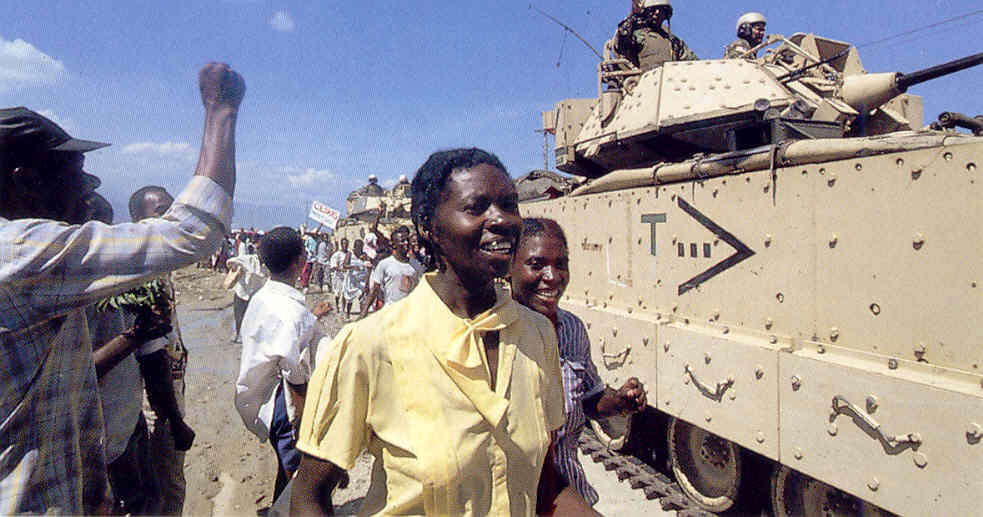

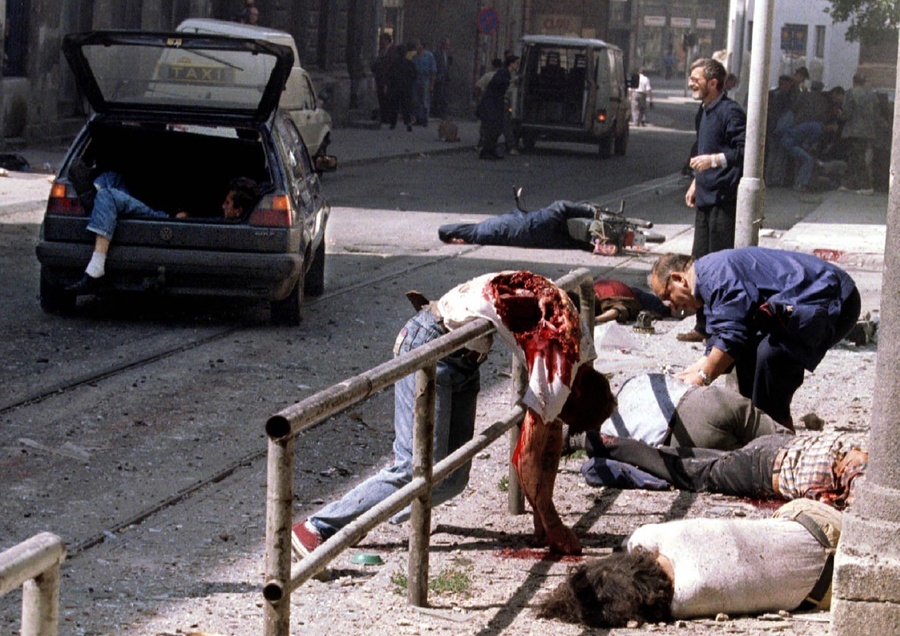
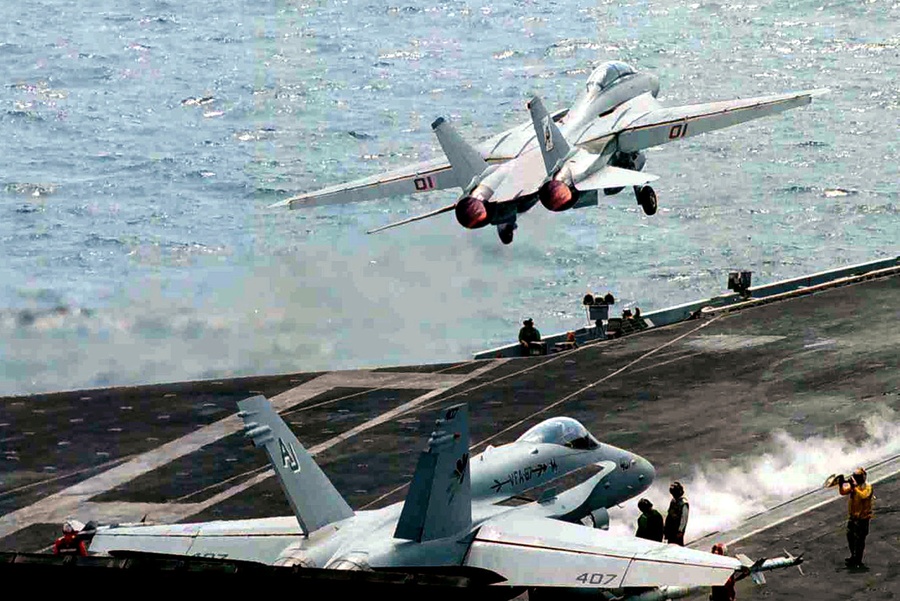
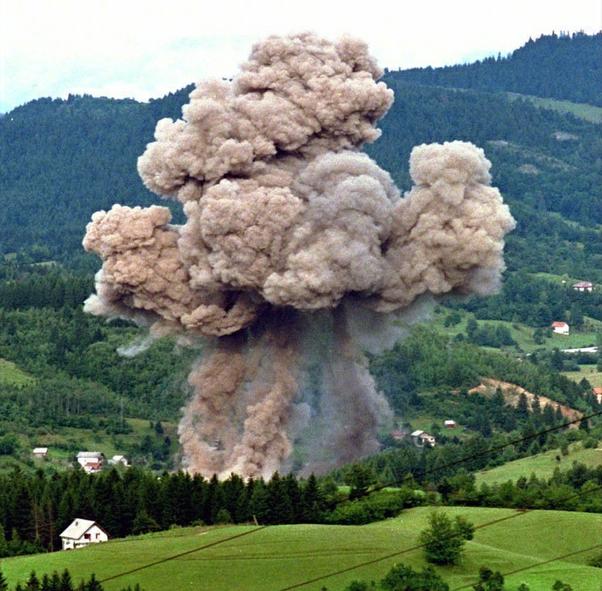
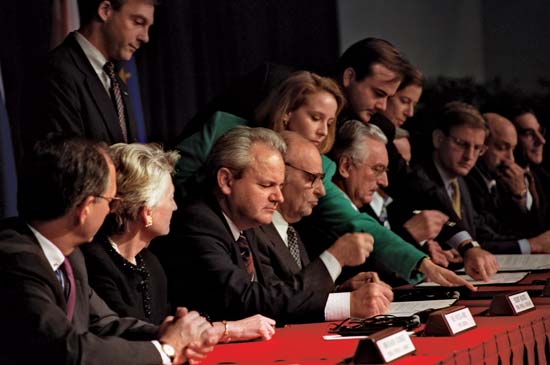
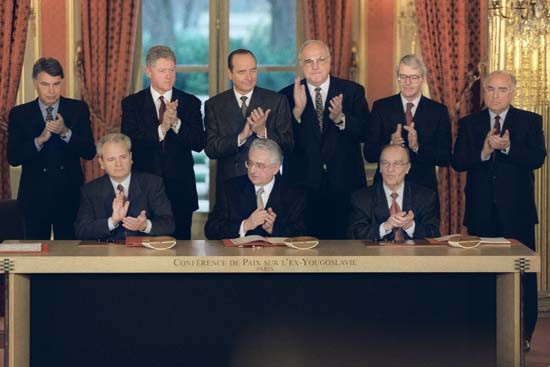

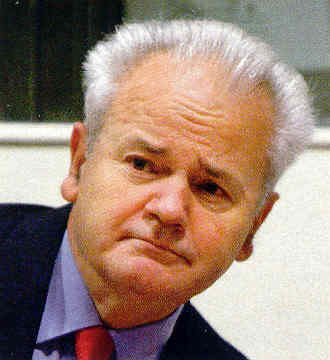
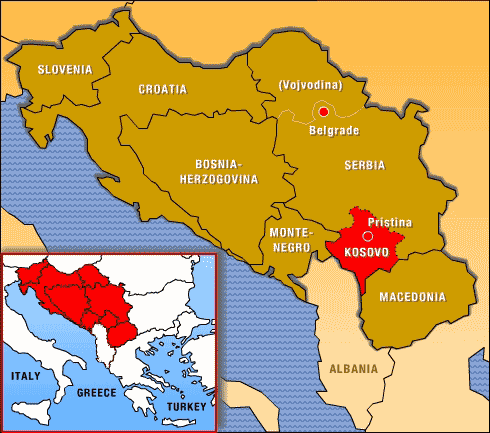
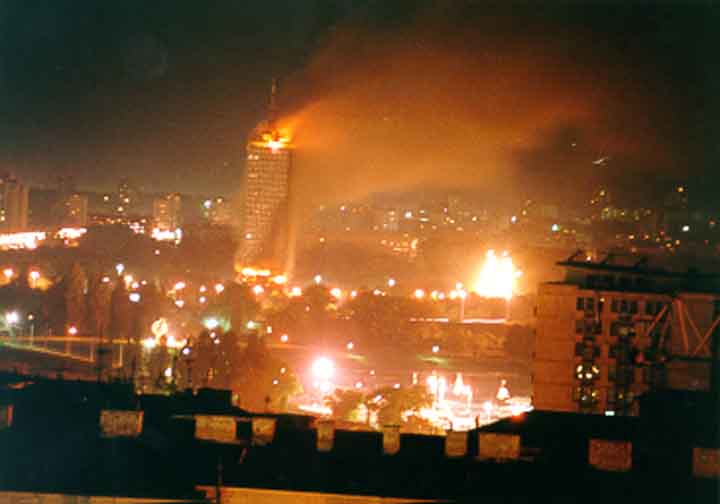

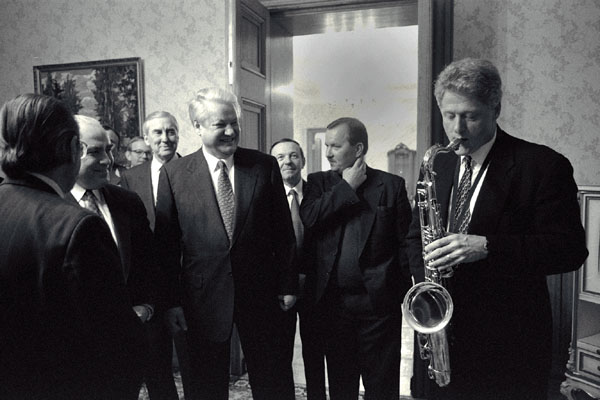
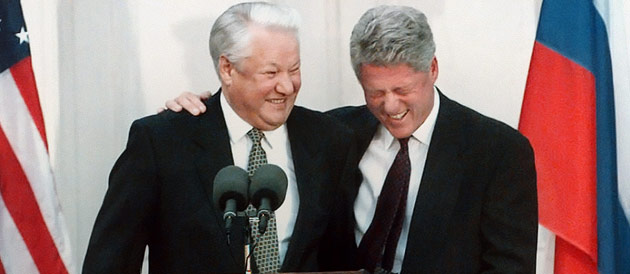
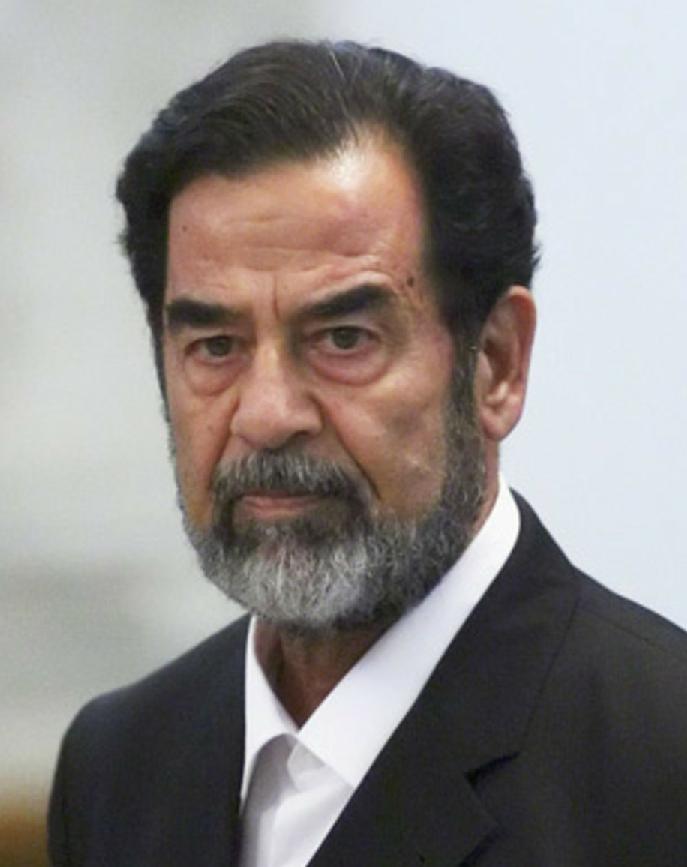
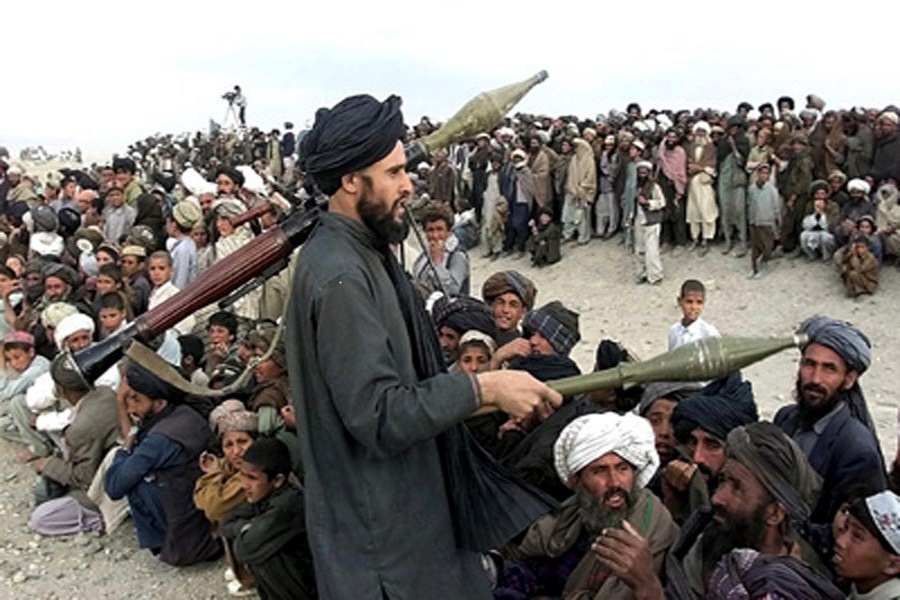
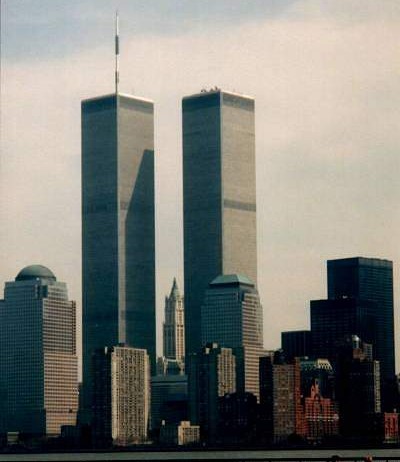
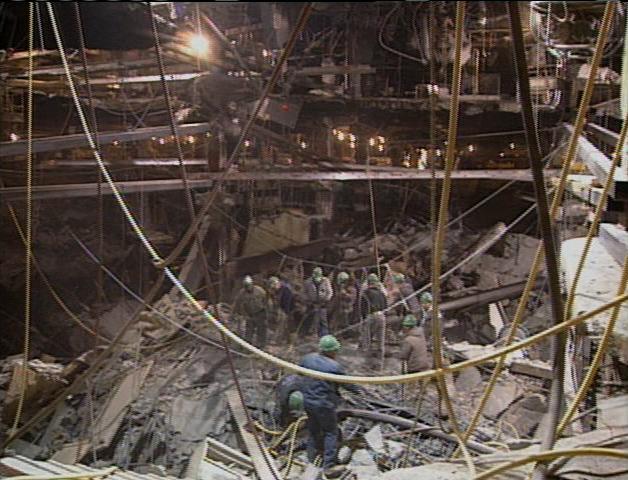
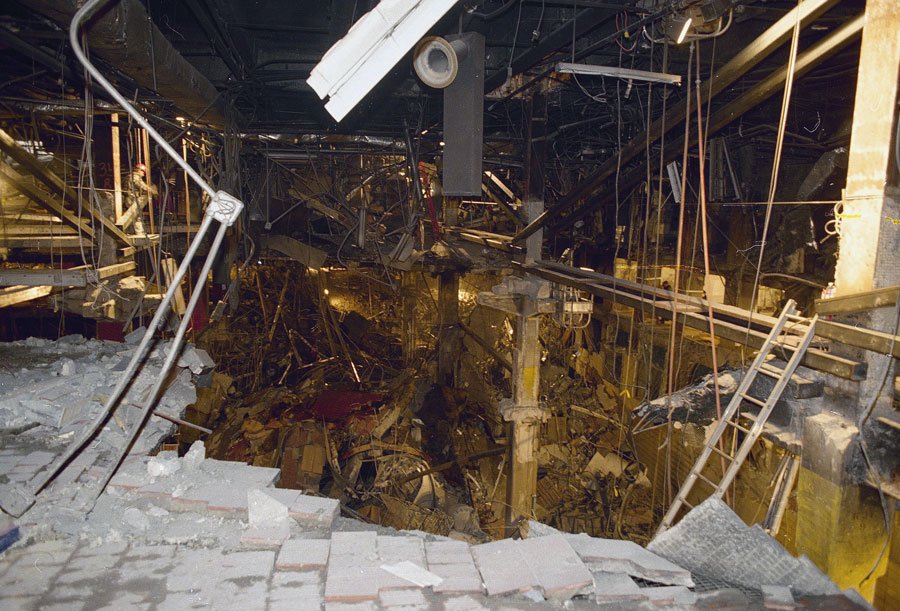
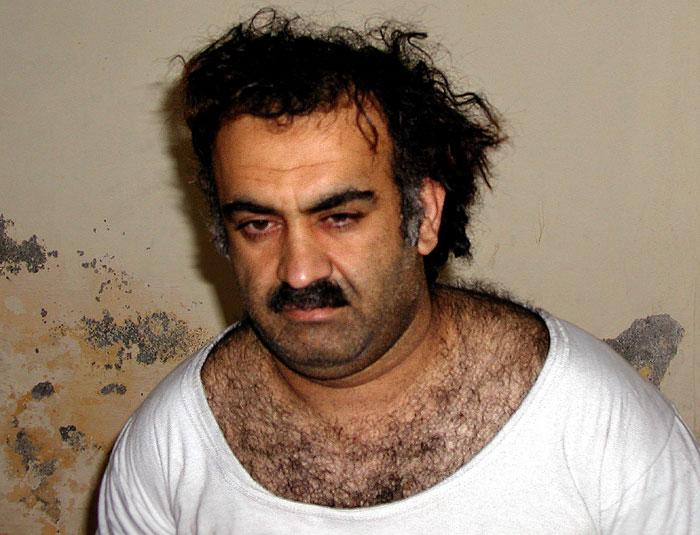
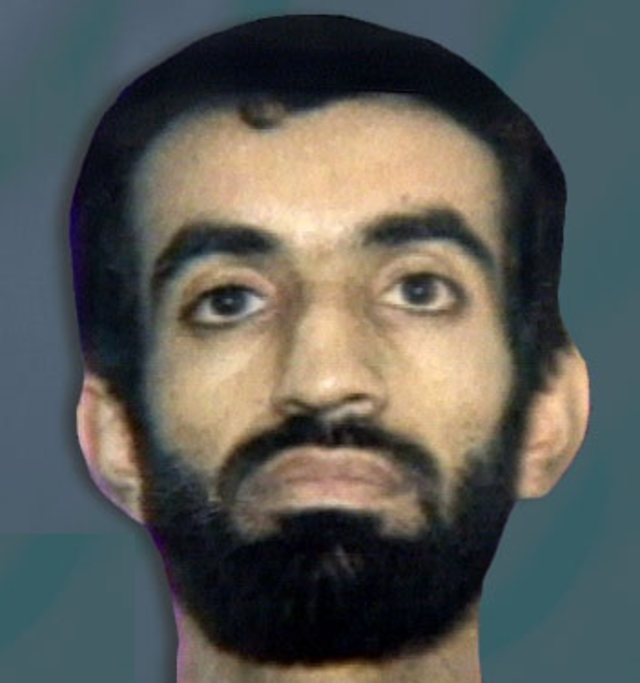
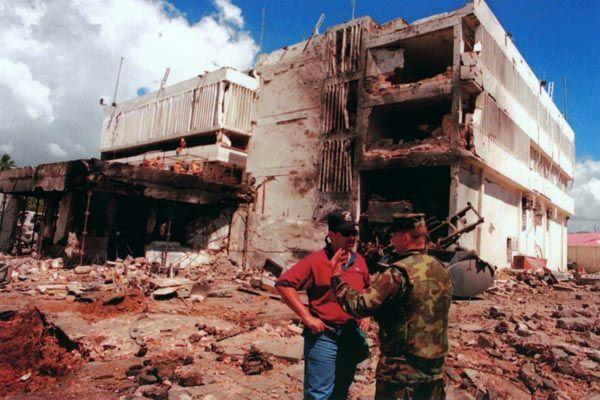
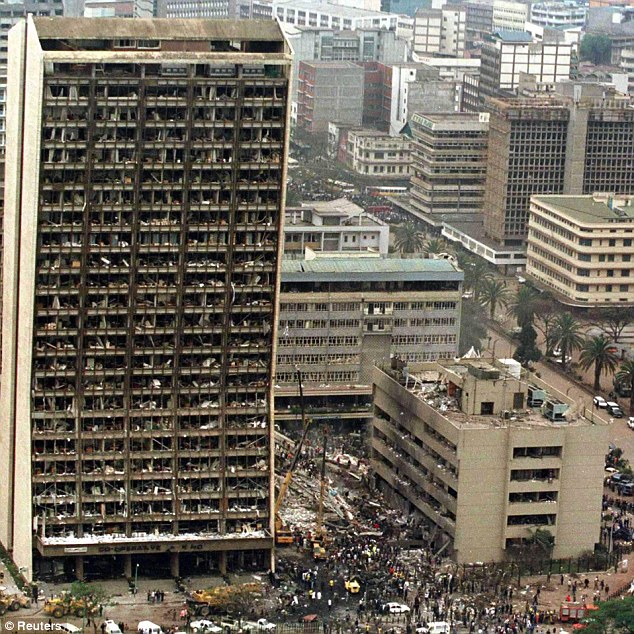
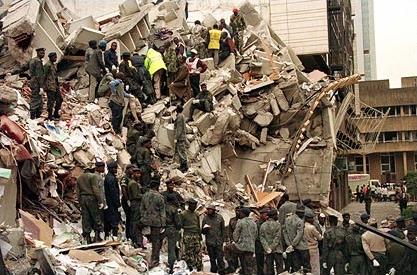
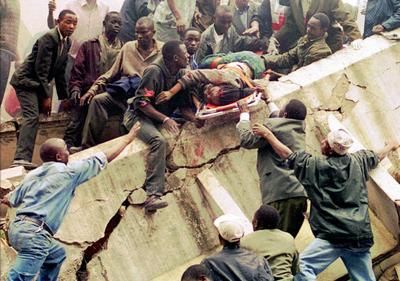
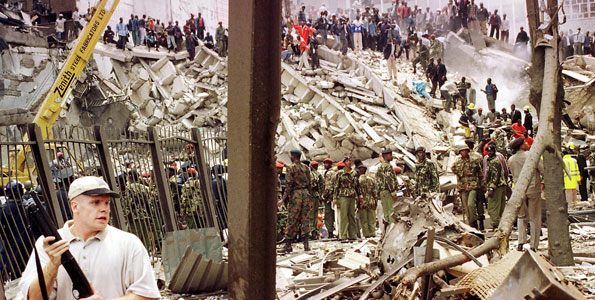
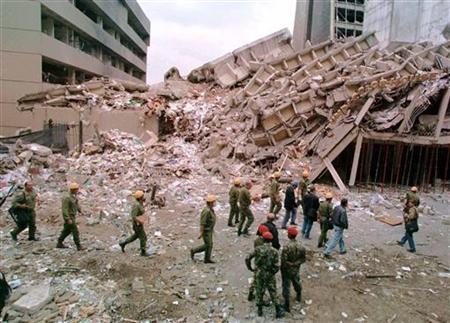
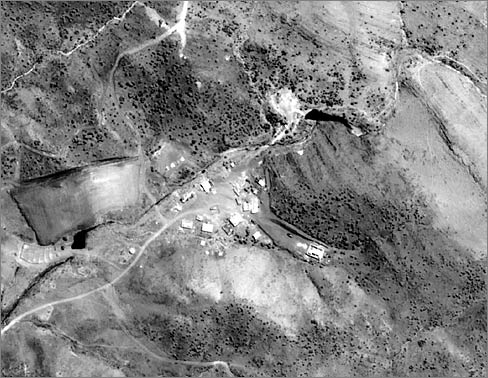
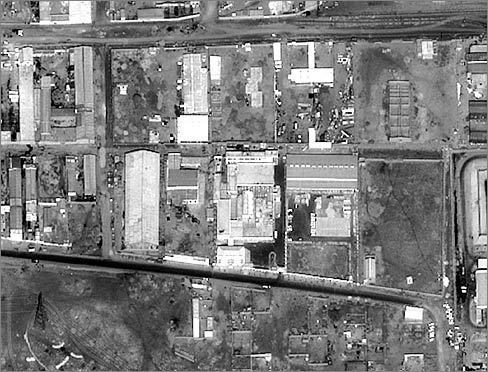

 Miles
H. Hodges
Miles
H. Hodges